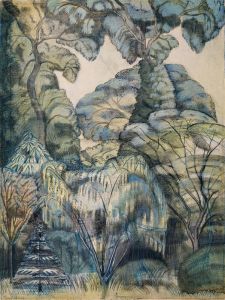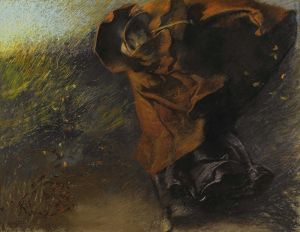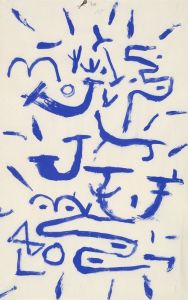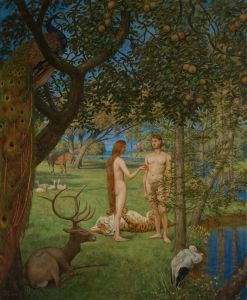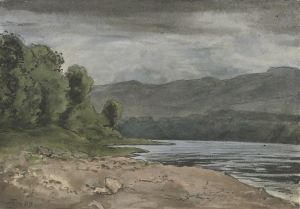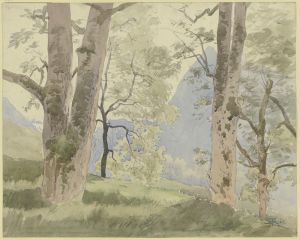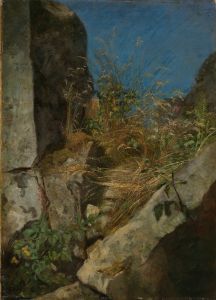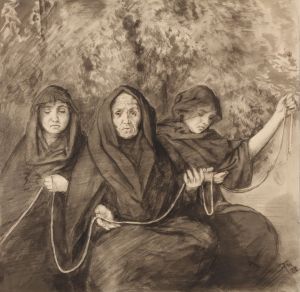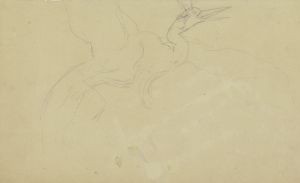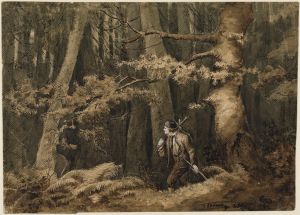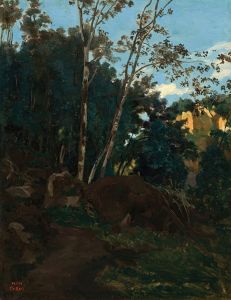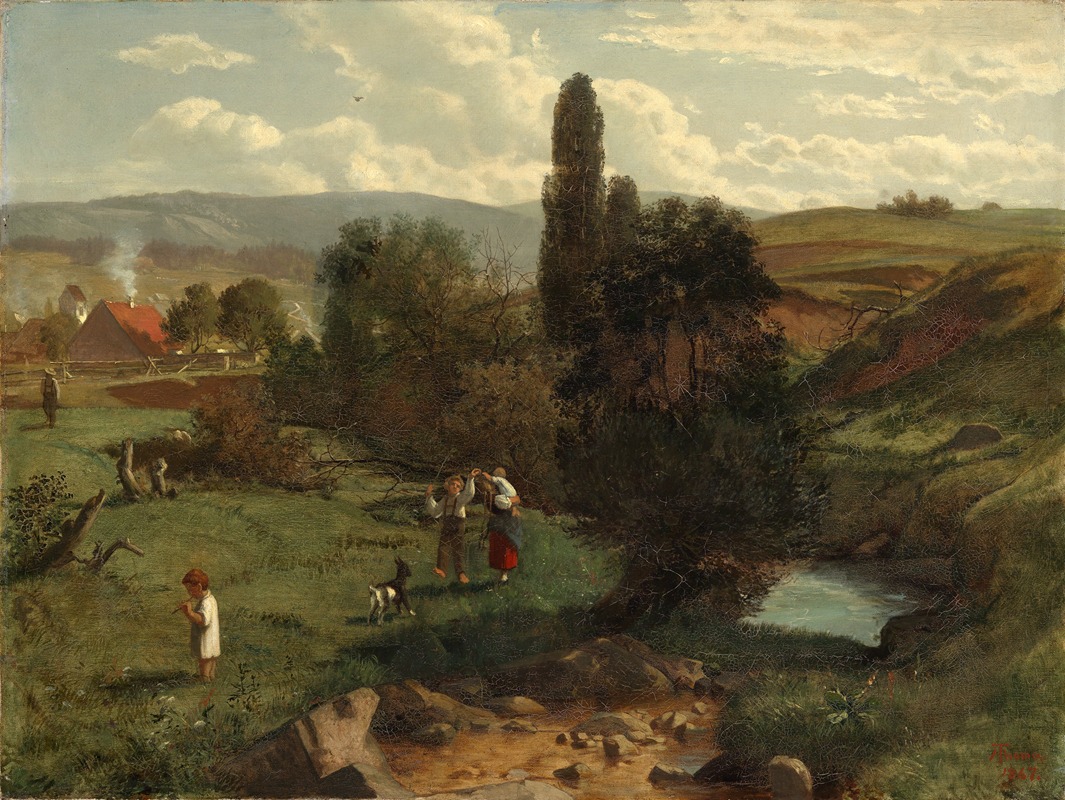
Schwarzwaldlandschaft
A hand-painted replica of Hans Thoma’s masterpiece Schwarzwaldlandschaft, meticulously crafted by professional artists to capture the true essence of the original. Each piece is created with museum-quality canvas and rare mineral pigments, carefully painted by experienced artists with delicate brushstrokes and rich, layered colors to perfectly recreate the texture of the original artwork. Unlike machine-printed reproductions, this hand-painted version brings the painting to life, infused with the artist’s emotions and skill in every stroke. Whether for personal collection or home decoration, it instantly elevates the artistic atmosphere of any space.
Hans Thoma was a German painter born on October 2, 1839, in Bernau, in the Black Forest region of Germany. He is known for his landscapes, portraits, and genre paintings, often drawing inspiration from his native region. One of his notable works is "Schwarzwaldlandschaft," which translates to "Black Forest Landscape." This painting exemplifies Thoma's deep connection to the Black Forest, a region that significantly influenced his artistic style and subject matter.
"Schwarzwaldlandschaft" is a representation of the natural beauty and serene environment of the Black Forest. Thoma's work is characterized by its detailed depiction of nature, capturing the lush greenery, rolling hills, and dense woodlands typical of the area. His landscapes often reflect a sense of tranquility and harmony, emphasizing the peaceful coexistence of humans and nature.
Thoma's artistic style was influenced by various movements and artists throughout his career. Initially, he was inspired by the Romantic tradition, which is evident in his focus on the emotive and picturesque qualities of the landscape. However, he later incorporated elements of realism and symbolism, which can also be seen in "Schwarzwaldlandschaft." His attention to detail and use of color reflect a realistic approach, while the overall composition and mood of the painting suggest a deeper symbolic meaning, possibly related to the spiritual connection between humans and their natural surroundings.
Throughout his career, Hans Thoma was associated with several art movements and circles. He studied at the Karlsruhe Academy of Fine Arts and later moved to Munich, where he became part of the artistic community. His work gained recognition, and he exhibited in various cities, including Paris and Vienna. Thoma was also connected to the Munich Secession, a group of artists who sought to break away from traditional academic art and explore new styles and ideas.
In addition to his landscapes, Thoma was known for his portraits and genre scenes, which often depicted rural life and folklore. His work was well-received in Germany, and he became a prominent figure in the country's art scene. In 1899, he was appointed as the director of the Kunsthalle Karlsruhe, a position he held until 1920.
"Schwarzwaldlandschaft" is a testament to Thoma's skill as a landscape painter and his ability to capture the essence of the Black Forest. The painting not only showcases the natural beauty of the region but also reflects Thoma's personal connection to the landscape. His work continues to be appreciated for its artistic merit and its portrayal of the harmonious relationship between humans and nature.
Hans Thoma passed away on November 7, 1924, in Karlsruhe, Germany. His legacy endures through his paintings, which remain an important part of German art history. "Schwarzwaldlandschaft" is just one example of his contribution to the depiction of the Black Forest and the broader landscape genre.





